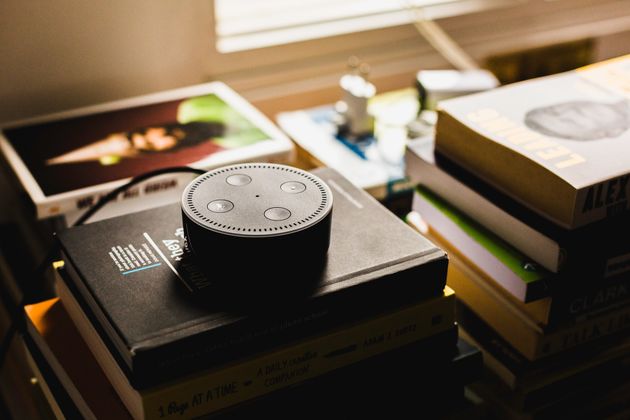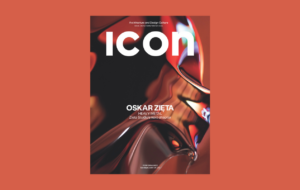
Silicon Valley can learn a lot from the enduring appeal of analogue products, says Owen Hopkins
About five years ago I started collecting vinyl records. It wasn’t really a conscious decision. If it had been it was surely a contradictory one, since only a few years earlier, I’d got rid of the CD collection I’d amassed since my teenage years and, like so many people, had gone wholly digital. It was really the result of a gradual evolution, as first the iPod and then the iPhone became the principal means through which I listened to music.
I’ve hardly been alone in this journey. Today, vinyl sales are growing at a rate that would have provoked incredulity a decade ago. However, as music has shed its physical form, so we have begun to fetishise its previously material characteristics: large-format cover art, LPs lined up on a shelf and the careful ritual of putting on a record.
Our renewed appreciation of the tangible is not confined to music, of course. Even camera film is making a comeback as a new generation of photographers, who for the most part have grown up since the advent of digital media and never used analogue cameras first time round, are seduced by the romance, nostalgia and authenticity of the real camera ‘click’ over the smartphone simulated version (although the fact that smartphones signify their cameras in this way is telling).
As more and more aspects of our everyday lives become digitised, it is pertinent to ask how the fetishisation of the material, analogue and retro might play out in relation to technologies that have never had a physical precursor or counterpoint. Already some of the thinking around augmented and virtual reality predicts that the rise of these technologies will see new value ascribed to physical objects and environments. But what of the digital experiences themselves and the inevitably physical portals through which we enter them?
An intriguing precedent for this can be found in today’s smartphones. The current trend in interface design is for the interface to recede into the background and to foreground the content. This is all the more pronounced given the way this approach has superseded skeuomorphism – that is, replicating the design of physical things – which was used initially as a way of getting people used to a new interaction paradigm. It may be that initial AR and VR interfaces end up taking an equivalent approach, and maybe even more drastically, in order to make their users comfortable with a completely new arena of digital experience.
As for the smartphone as a physical object, we have long since reached the logical endpoint of a sheet of glass with a camera on the back. The question is, what will happen to that physical portal once we move beyond the confines of a phone screen to all but ubiquitous and immersive digital experiences. Google Glass showed how disastrous a step in the wrong direction this could be. The epithet ‘glasshole’ arose almost immediately because of how weird they looked and the creepiness of the inferred behaviours of their (male) users. Albeit far more limited, Snap’s Spectacles point to a different way forward, with the camera integrated into a retro glasses frame.
Pervasive AR and VR of the type we might experience through a pair of glasses is still a way off – although 5G may be the missing piece of the technological puzzle. But in the aural realm we’re already beyond physical interaction with a device thanks to voice assistants such as Siri and Alexa. One of the striking things about this technology is the way its big tech purveyors have given these virtual assistants names, human voices and something approaching personalities. Their adverts play on this fact, positioning the assistants as friendly, slightly quirky and almost human.
Their physical form is something different: somewhere between the archetypal minimalist tech device and a lifestyle product intended to fit into our homes. The disconnect between the physical object and the way we interface with it is, I would argue, central to the growing concerns around privacy and corporate control that these always-on devices provoke. There is even a ‘skill’ you can apply to Alexa that mimics HAL 9000, the sentient computer that quietly seizes control of the spaceship in the film 2001: A Space Odyssey, responding to every question put to it with the iconic line: ‘I’m sorry Dave, I’m afraid I can’t do that’.
Fears over the implications of these devices and those that will supersede them will only grow, unless their makers find better ways to integrate them into our physical and digital worlds. To my mind, the resurgence of vinyl and of analogue photography, in the midst of the otherwise complete dematerialisation of those mediums, points to a potential new design approach: one that embraces the physicality of the object, the allure of ritual and craftsmanship.
So rather than trying to create a human simulacrum emanating from a small grey box, how about drawing from the archetypes that already exist in our popular imagination? It looks like the creators of the HAL 9000 Alexa ‘skill’ are inadvertently on to something.
















